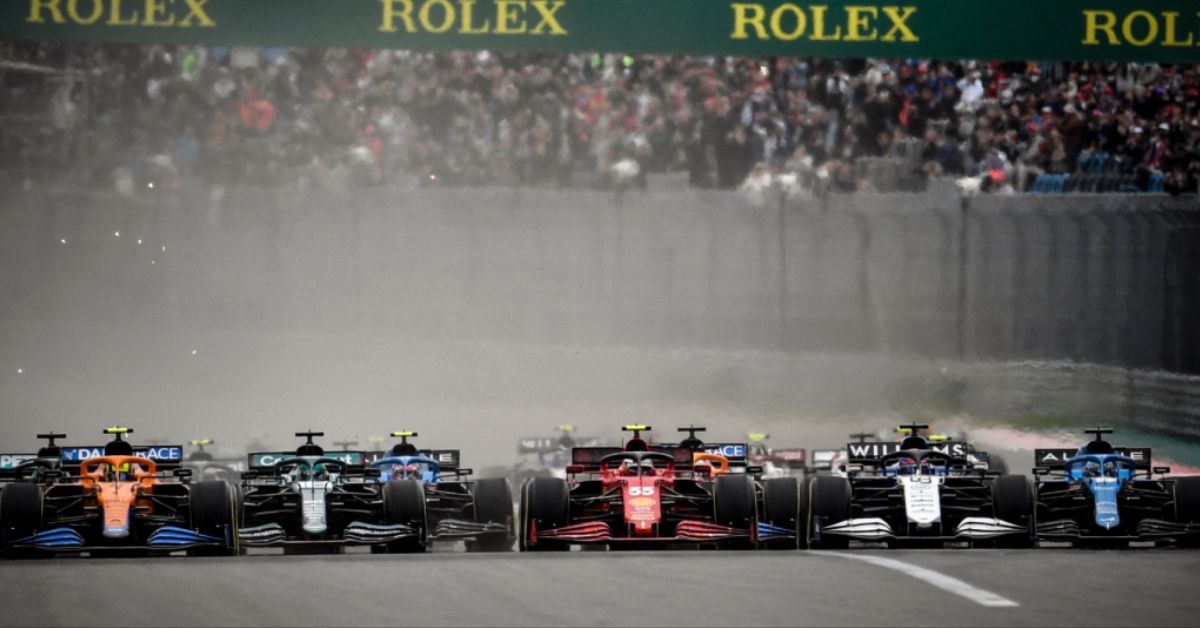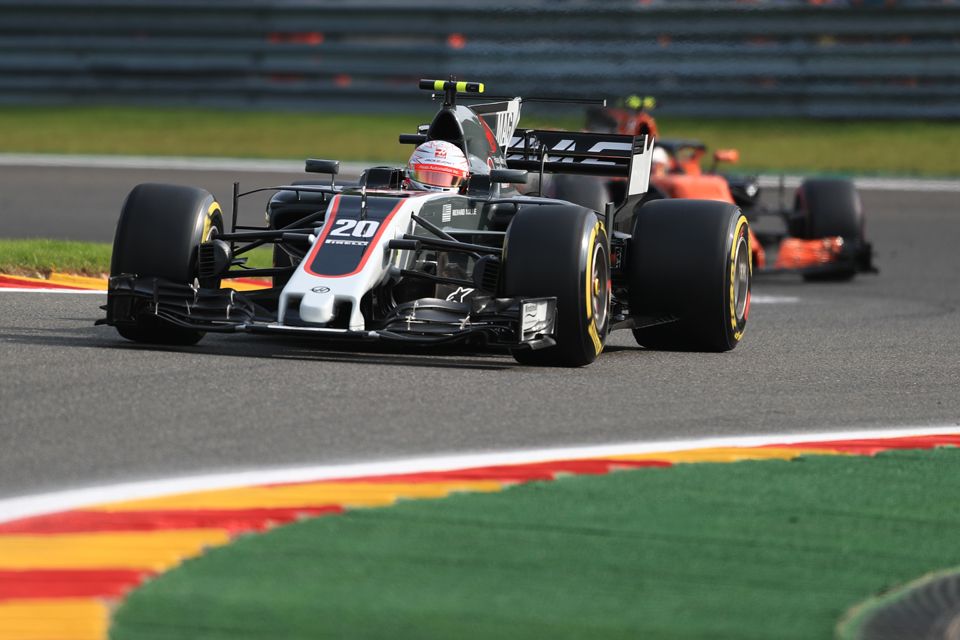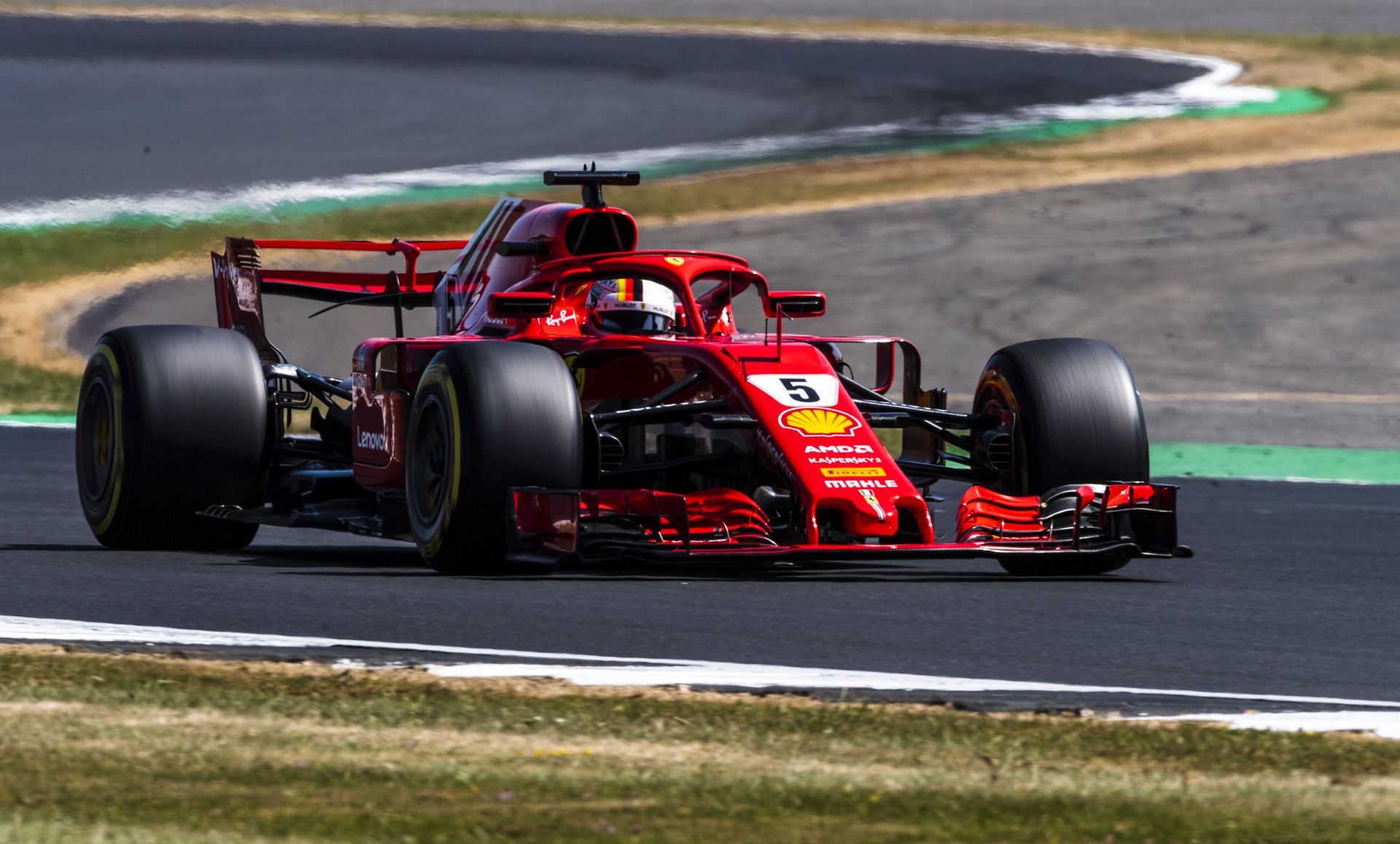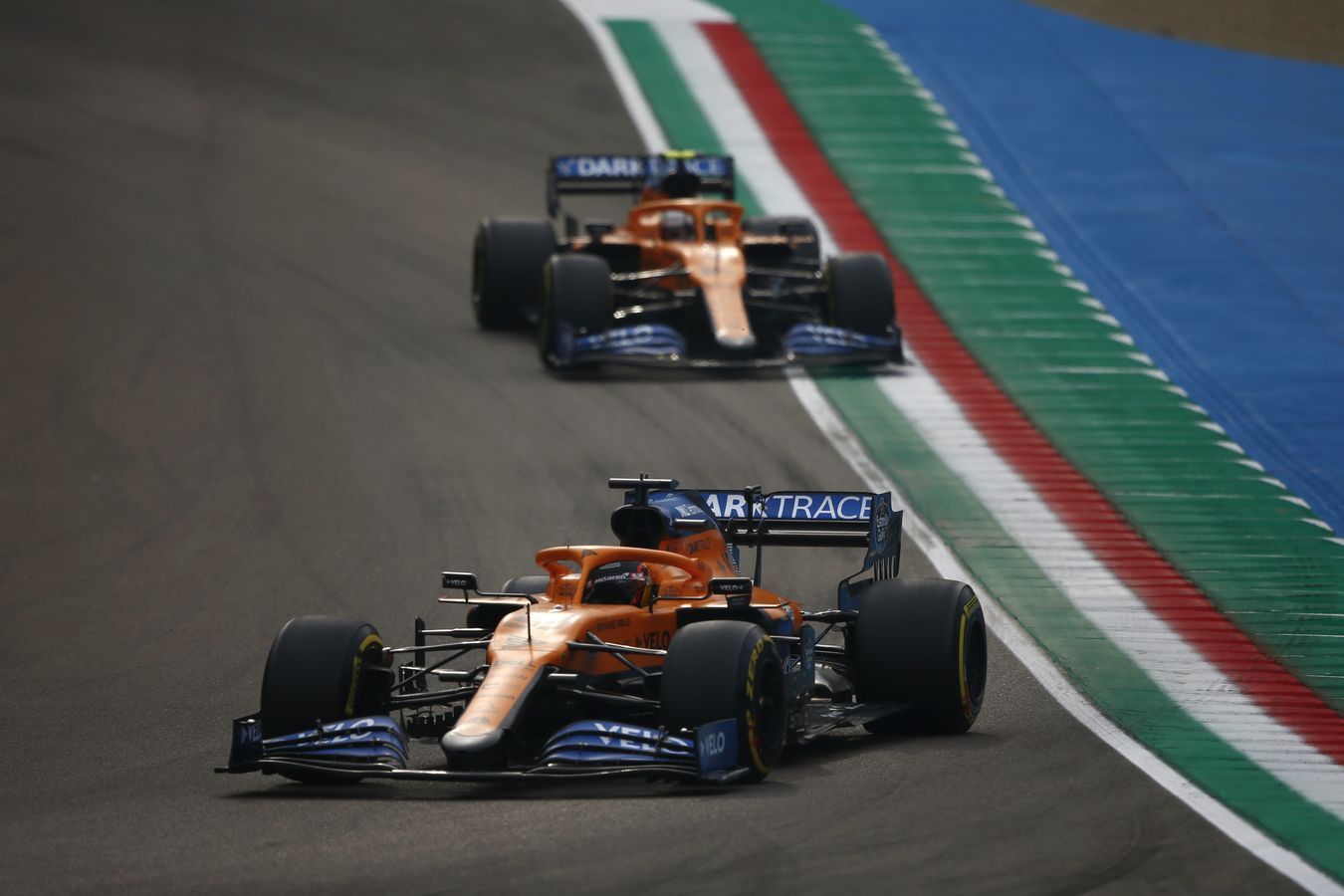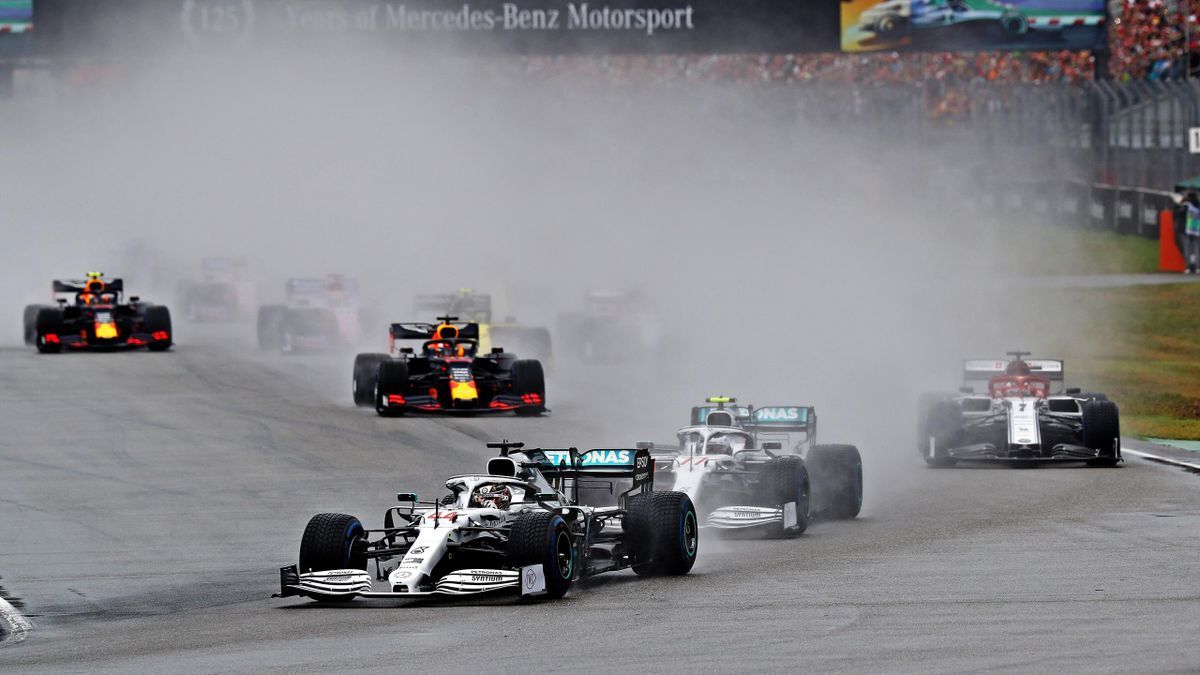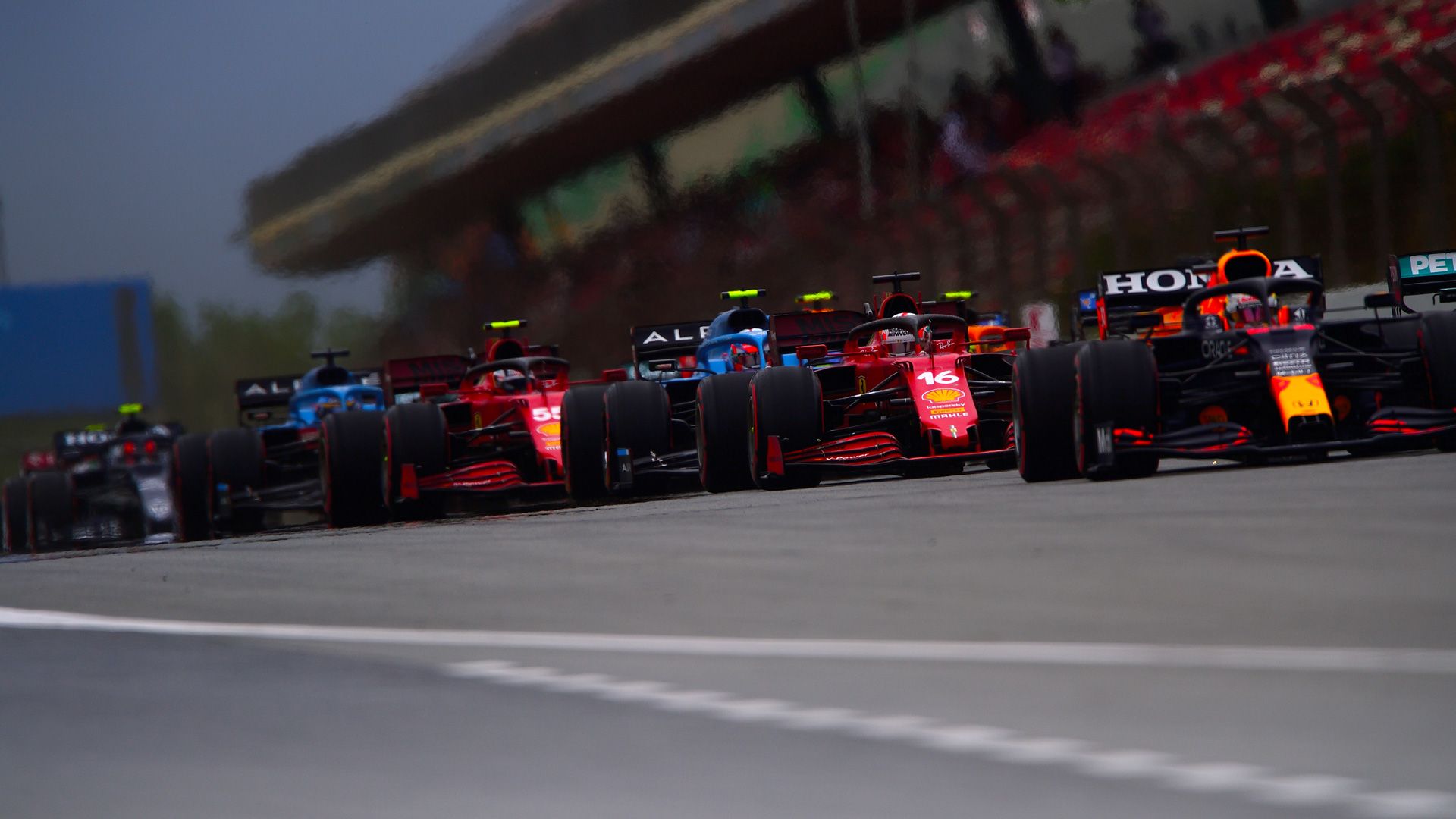Formula 1 is entering a brave new era in 2022. The high-downforce, dirty air ridden machines of 2017-2021 are a thing of the past. Incoming are some still very fast, but hopefully much more raceable cars that have been specifically designed to produce better racing. The vast majority of the downforce on these cars will come from the underside of the car, meaning we are effectively heading for a return of ground effect. Plus, this means much more simplified aero over all the bodywork surfaces of the cars and a potential shake up of the field that could see teams like Aston Martin at the front.
This does mean though that we say goodbye to cars that will probably always be the fastest the sport has ever seen. The FIA and Formula 1 decided in 2015-2016 that the sport needed faster, wider cars. Whilst they achieved that aim, and they looked spectacular, it did seem to come at the cost of closer racing. More downforce means more dirty air, and that means it's harder for the car behind to follow. Despite this though, the spectacle of watching these cars go around a racetrack was nothing short of spectacular, and something we will remember for years to come.
The Insane Styling Of The Cars
The cars we are saying goodbye to first appeared in 2017. The sport had just gone through a huge shakeup of the aesthetics of the cars, with the 2016 thin, narrow cars now making way for wider, bulky, hunkered down machines. They looked spectacular standing still, and they looked spectacular out on the track. It had been some time since Formula 1 cars had been so wide. The cars around 2007-2008 were somewhat similar, but cars so wide had not really been seen since 1997, before the rules then effectively brought in the narrower shapes we were used to from 1998 to 2016.
The very first examples of these new cars had shark fins on the engine cover, which were supposed to help stabilize the cars in the corners. However, what they then sprouted were awful T-wings that looked like coat hangers hanging off the cars. These, and the shark fins, were banned for 2018. In their place, came the Halo safety device, something that has now saved several lives in Formula 1 and in other racing series. The final evolution of the styling came in 2019, when the front wings were simplified with the aim of reducing dirty air. It had little impact, but new styling did seem to improve the appearance of the cars.
Why They Were So Spectacular
We will come onto the car's flaws in a moment. But first we must look at what makes them so spectacular. Simply put, it’s the on track spectacle that these cars put on during their time in the sport. The huge tires the cars ran with during this time gave them unreal amounts of grip, and the increase in width from 1.8 meters to 2 meters set the new style of F1 cars apart from virtually every other single seater in the world.
On a qualifying run, the new cars were absolutely incredible to watch. Even more so at tracks like Monaco and Silverstone. They would fly through the corners, with a rapid change of direction, and in 2017, the cars were an average of 4.2 seconds a lap quicker than the 2015 cars, the year in which the rules were drawn up. The quickest cars of this era were probably the ones that we saw in 2018, highlighted by the utter dominance of the Mercedes W11. The cars in 2020 were probably the quickest in F1 history, with lap times such as a 1m41.252s seen at Spa in Belgium.
The Big Issue Around The Cars
The dirty air effect though is where these cars become such flawed masterpieces. An increase in aerodynamic outwash, produced by all the various aero parts across the car's bodywork, meant that as you got within a couple of seconds of the car ahead, following it became an issue. The dirty air effect could even be felt as far back as 6-7 seconds, such was the turbulent air these cars could produce. And yes, this was felt at places like Monza as well! This is what should be fixed in 2022, with the fact most of the downforce is coming from underneath the cars, meaning dirty air will almost be replaced by “clean air”.
The Fastest Cars In F1 History
So many drivers commented on how fast these cars were, and how much fun they were to drive. Especially on a qualifying lap. They were simply spectacular. They are clearly the fastest in the sport's history, but the racing is what should take priority in the sport. This is what the 2022 cars should, all being well, fix. And some simulations are showing that the new cars will not be as slow as the current cars, and maybe around half a second slower only. But we will miss the 2017-2021 cars, for just how spectacular they looked on track and how insanely fast they could be.
Sources: Motorsport Magazine, Formula 1, Eurosport, The Guardian, McLaren, Formula Spy, Ferrari

